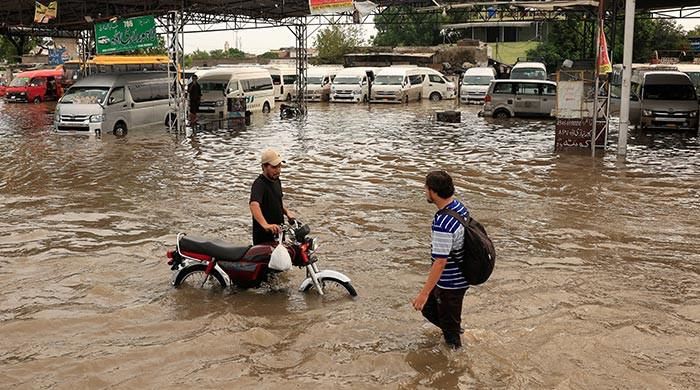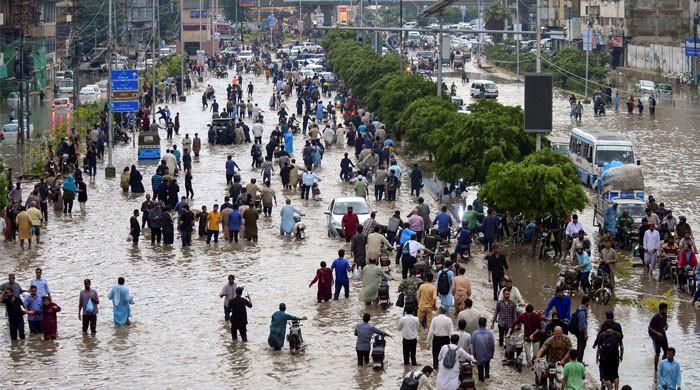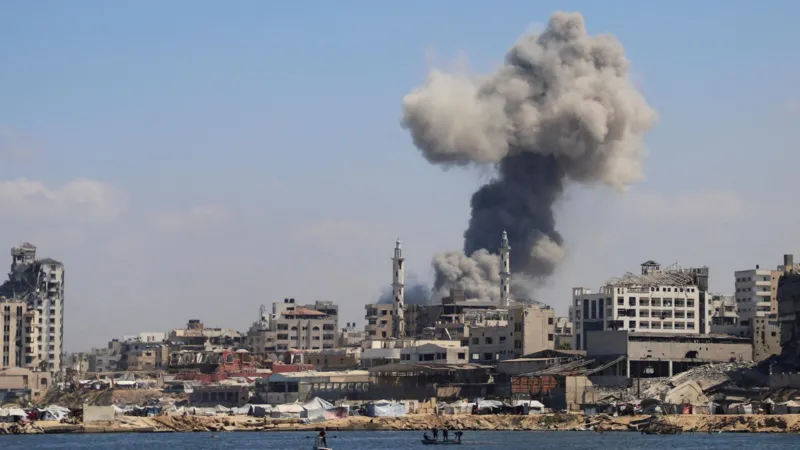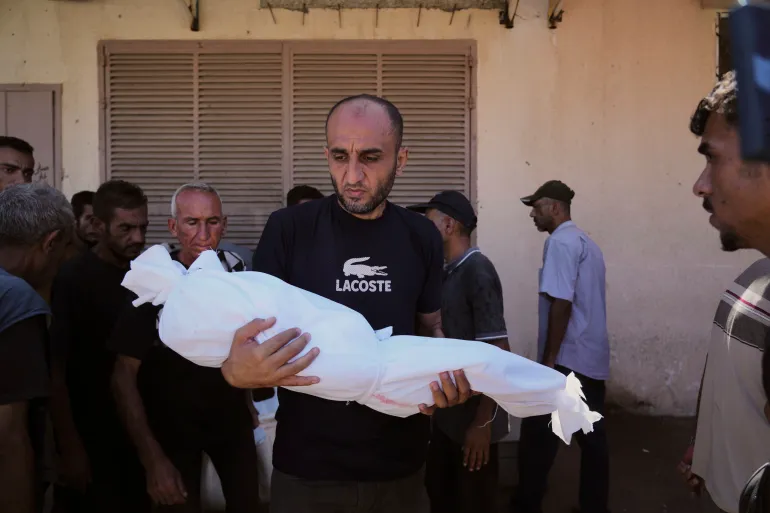The Karachi rain deaths have risen to eight as torrential monsoon showers lashed Pakistan’s largest city, flooding major roads, overflowing storm drains, and swelling the Lyari and Malir rivers. Authorities have relocated more than 300 residents to safety as rescue operations continue across the metropolis.
Torrential Rains Cause Widespread Urban Flooding
The Pakistan Meteorological Department (PMD) reported that Defence Housing Authority’s Phase 7 recorded the highest rainfall in the city — 32.6 millimetres — with other areas like Keamari, Korangi, Gulshan-i-Maymar, and Surjani Town also receiving heavy showers.
The Lyari and Malir rivers, which serve as Karachi’s primary stormwater channels, were overwhelmed by the downpour, forcing rainwater into surrounding residential areas. Once natural seasonal streams, these rivers have been narrowed by years of encroachments and dumping of solid waste, reducing their capacity to manage heavy rain. This recurring problem often leads to Karachi rain deaths and severe flooding during monsoon seasons.
Death Toll Rises to Eight Amid Flood-Related Incidents
Rescue teams confirmed that four additional people lost their lives today, bringing the total Karachi rain deaths toll to eight since Tuesday.
The Edhi Foundation reported recovering three men and one woman from Konkar Nadi in Gadap Town after a van carrying them fell into the rain-swollen stream. Search efforts are still underway for three missing individuals.
Separately, police surgeon Dr. Summaiya Syed confirmed that 18-year-old Ahmed Qadir died from electrocution in North Nazimabad’s Block-C. Rescue 1122 added that two men were swept away by the Malir river — one was successfully rescued while the search for the second, Farhan Akram, continues.
Major Rescue Operations and Relocations
Deputy Mayor Salman Abdullah Murad, along with Malir’s deputy commissioner, oversaw the search and rescue operations. According to Rescue 1122 and the Sindh Information Department, two individuals were rescued alive from the Lyari river.
Sindh Chief Minister Murad Ali Shah confirmed that 318 people were relocated from areas near the Lyari river after floodwaters entered Saadi Town. Joint teams from Rescue 1122 and the Pakistan Army moved residents — including women and children — to safer locations.
Local Government Minister Saeed Ghani stated that large-scale relief efforts were in motion and that the “situation in Karachi after the rains is gradually improving.” However, he warned that another rain spell was expected within 24–48 hours, keeping authorities on high alert.
Rumors of Road Collapse Dismissed
Social media was flooded with rumors about sections of the Malir Expressway and Shahrah-i-Bhutto Expressway collapsing due to rain. Addressing the speculation, CM Shah clarified that the operational portions of the highway remain intact and open to traffic.
“The bund under construction was incomplete, so water flowed through certain areas, but there is no danger to the expressway currently in use,” he said, urging citizens to avoid spreading panic.
Government Response and NDMA Involvement
Prime Minister Shehbaz Sharif expressed grief over the Karachi rain deaths and directed the National Disaster Management Authority (NDMA) to accelerate rescue and relief efforts.
“The federal and Sindh governments are fully mobilised to deal with the flood situation,” the PM Office stated, adding that restoration of communication infrastructure and an awareness campaign for public safety were being prioritized.
The prime minister also instructed authorities to track missing persons promptly and to ensure maximum support for affected families.
Schools Closed, Situation Remains Critical
As part of precautionary measures, all schools — public and private — across Karachi Division were ordered to remain closed on Wednesday due to the ongoing heavy rains and flood threat.
The PMD has forecast light to moderate rain for Karachi in the coming hours, with partly cloudy and humid weather expected on Thursday and Friday. Officials noted that if no further heavy rains occur, the situation could return to normal within a few hours.
Damage Beyond Karachi
The impact of heavy rainfall extended beyond Karachi as well. In Tharparkar and Dadu districts, several hundred mud houses were swept away after continuous downpours over four to six days. Provincial disaster teams are also working in these regions to provide shelter and emergency assistance.

Long-Term Challenge of Karachi’s Drainage System
Experts have repeatedly highlighted that Karachi’s poor stormwater management is a key reason for Karachi rain deaths every monsoon. Encroached nullahs and choked drainage lines drastically reduce the city’s ability to handle intense rainfall.
Urban planners urge that major infrastructure projects — such as the Malir Expressway — be paired with drainage upgrades to prevent future urban flooding. Without systemic changes, they warn, Karachi rain deaths will continue to occur during extreme weather events.
Source: Dawn News


